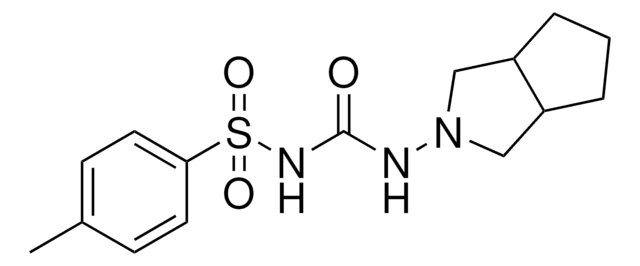Wichtige Dokumente
G0639
Glybenclamid
≥99% (HPLC)
Synonym(e):
5-Chlor-N-[4-(cyclohexylureidosulfonyl)-phenethyl]-2-methoxy-benzamid, Glyburid, N-p-[2-(5-Chlor-2-methoxybenzamido)-ethyl]-benzolsulfonyl-N′-cyclohexylharnstoff
About This Item
Empfohlene Produkte
Assay
≥99% (HPLC)
Löslichkeit
ethanol: 2 mg/mL
DMSO: soluble
H2O: insoluble
Ersteller
Roche
Lagertemp.
2-8°C
SMILES String
COc1ccc(Cl)cc1C(=O)NCCc2ccc(cc2)S(=O)(=O)NC(=O)NC3CCCCC3
InChI
1S/C23H28ClN3O5S/c1-32-21-12-9-17(24)15-20(21)22(28)25-14-13-16-7-10-19(11-8-16)33(30,31)27-23(29)26-18-5-3-2-4-6-18/h7-12,15,18H,2-6,13-14H2,1H3,(H,25,28)(H2,26,27,29)
InChIKey
ZNNLBTZKUZBEKO-UHFFFAOYSA-N
Angaben zum Gen
human ... ABCC8(6833) , KCNH2(3757) , KCNJ1(3758) , KCNJ11(3767)
rat ... Kcnj1(24521)
Suchen Sie nach ähnlichen Produkten? Aufrufen Leitfaden zum Produktvergleich
Anwendung
- as a positive control oral hypoglycemic drug to study the hypoglycemic effects of Chlorella in streptozotocin-induced diabetic mice
- as a K+ATP channel antagonist in canine with induced acute hypoxia
- as an inhibitor of cystic fibrosis transmembrane conductance regulator (CFTR) channel in fetal distal lung epithelial (FDLE) cells
Biochem./physiol. Wirkung
Leistungsmerkmale und Vorteile
H-Sätze
P-Sätze
Gefahreneinstufungen
Aquatic Chronic 4
Lagerklassenschlüssel
11 - Combustible Solids
WGK
WGK 2
Flammpunkt (°F)
Not applicable
Flammpunkt (°C)
Not applicable
Persönliche Schutzausrüstung
Eyeshields, Gloves, type N95 (US)
Hier finden Sie alle aktuellen Versionen:
Besitzen Sie dieses Produkt bereits?
In der Dokumentenbibliothek finden Sie die Dokumentation zu den Produkten, die Sie kürzlich erworben haben.
Kunden haben sich ebenfalls angesehen
Unser Team von Wissenschaftlern verfügt über Erfahrung in allen Forschungsbereichen einschließlich Life Science, Materialwissenschaften, chemischer Synthese, Chromatographie, Analytik und vielen mehr..
Setzen Sie sich mit dem technischen Dienst in Verbindung.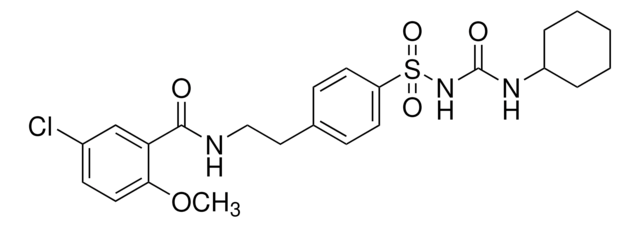
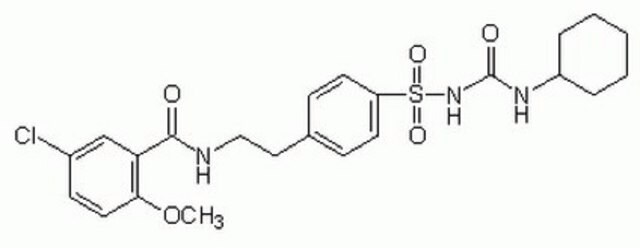



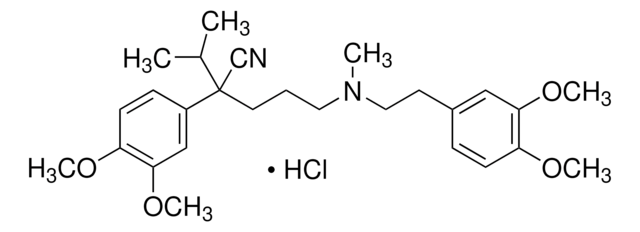
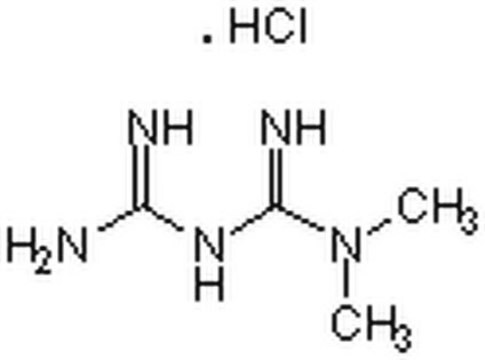
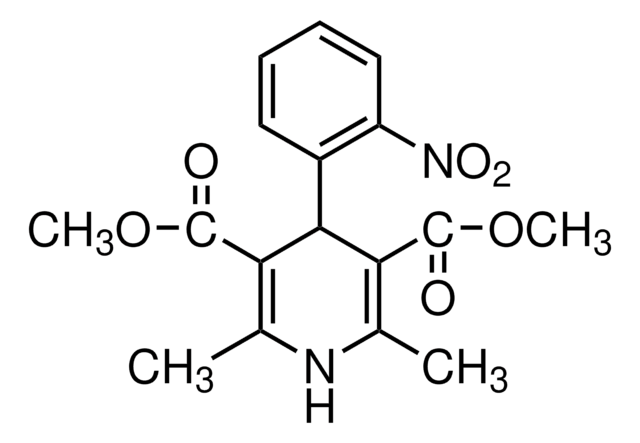
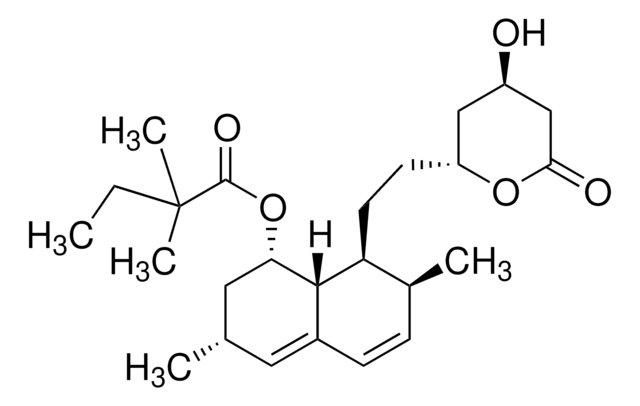
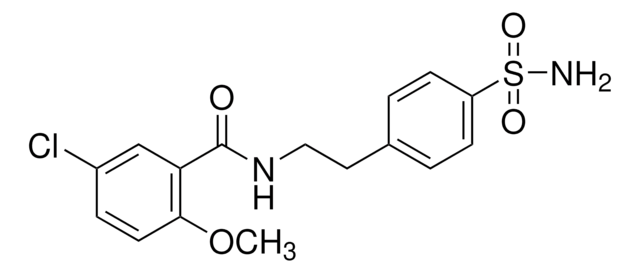


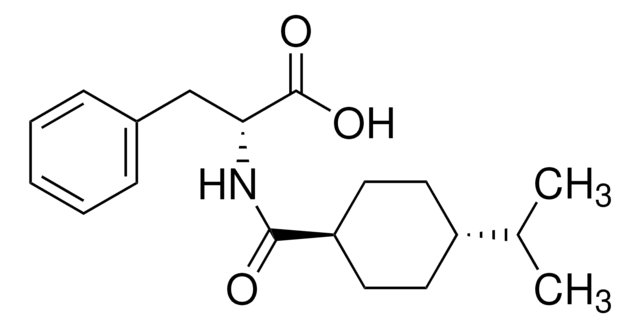

![1H-[1,2,4]Oxadiazolo[4,3-a]quinoxalin-1-one powder](/deepweb/assets/sigmaaldrich/product/structures/764/715/605dc5a5-0864-471b-a71e-bd2aa6553c1d/640/605dc5a5-0864-471b-a71e-bd2aa6553c1d.png)
